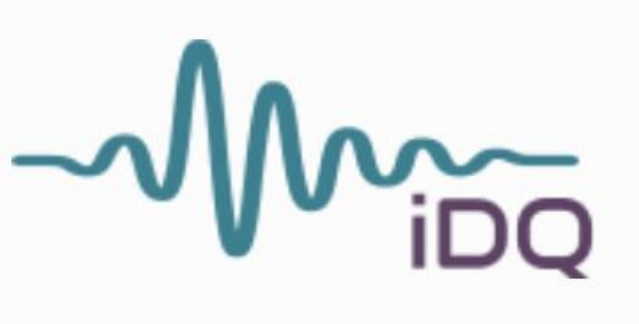
Name: Hearing the signal through the static: Real-time noise reduction in the hunt for binary black holes and other gravitational wave transients
Source: National Science Foundation (ACI-1642391)
Dates: 11/1/2016 - 10/31/2020
Roles: Chad Hanna (PI)
Sponsored Personnel:
Abstract
Gravitational waves - tiny ripples in the fabric of space - were detected for the first time in history on September 14, 2015 by the US-led gravitational wave observatory, LIGO. This watershed event has ushered in a new era of gravitational wave astronomy, which will transform our understanding of the Universe by providing information through a previously inaccessible channel. LIGO operates at the very edge of the sensitivity required to detect gravitational waves, and therefore, non-stationary noise caused by the environment, e.g., weather and man-made noise, limits LIGO's sensitivity to short-duration gravitational wave transient signals such as the one detected in September. In order to ensure the most opportunity for the advancement of science, this project aims to mine the extensive auxiliary information available in the LIGO observatories in realtime in order to mitigate the impact of non-stationary noise and increase the rate of transient gravitational wave detections. Doing so will afford increased opportunities for joint gravitational wave and electromagnetic observations, which are thought to be rare. This project aims to address a key piece of missing software infrastructure to use machine learning and inference techniques to utilize auxiliary information such as seismometers, microphones and various control loop signals, to identify non-stationary noise that couples to the gravitational-wave channel in near realtime. The software will be broken into three components: a signal decomposer, a signal classifier and a signal trainer. The signal classifier will determine, given the decomposed, instantaneous output of auxiliary channels and the training data, the probability that non-stationary noise is present. These software components will be built from reusable resources that can be applied across the time-domain gravitational wave community in data calibration, data transfer, and analysis.